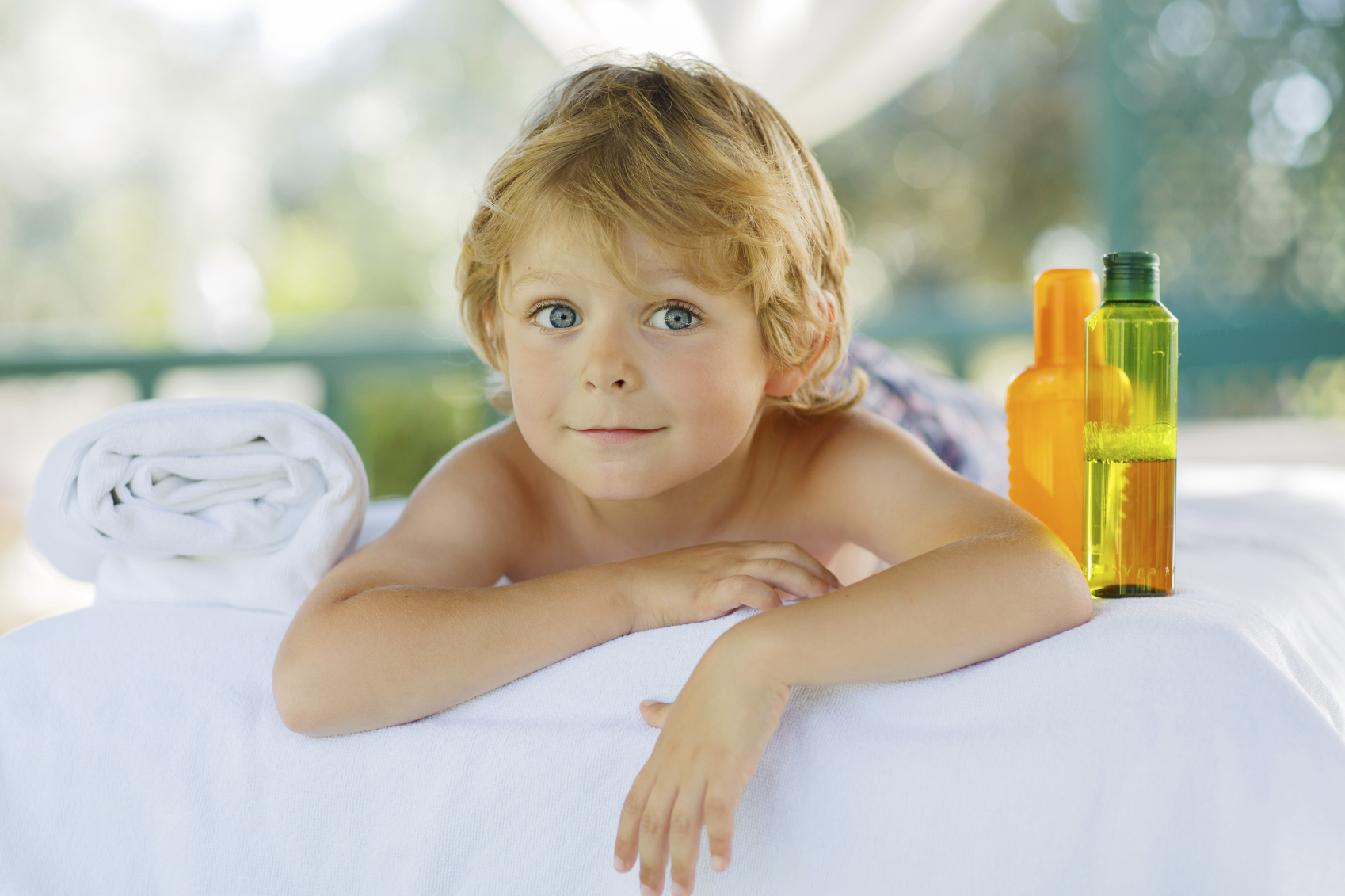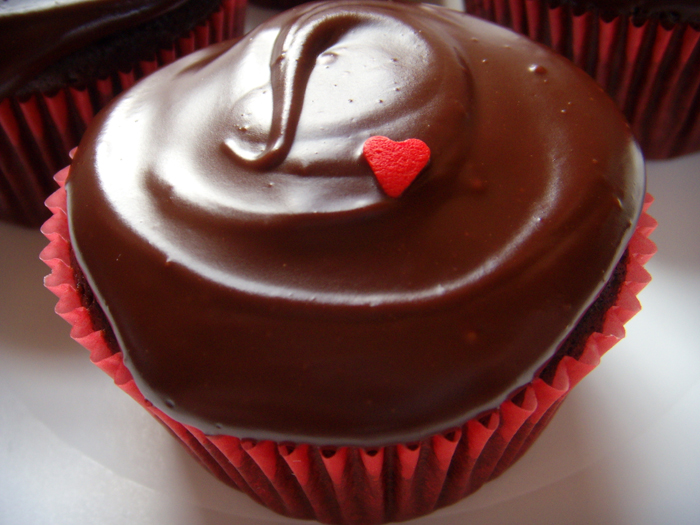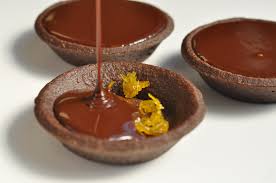As we know, life in its complexity is an integrative experience. Most of us use all our senses (touch, sight, smell, sound, and taste) in all facets of our lives. Creating a variety of sensory dimensions for our Aromatherapy classes makes good sense and good scents. After 20 years of teaching, it gives us additional opportunities to enhance every participant’s learning experience.

Immersive van Gogh experience Denver, CO © Lora Cantele
I first became inspired to use a multi-sensory approach to the Aromatherapy classes I teach after attending the van Gogh Immersion in St. Louis, MO. This immersive experience surrounded me with art, music, and the written word, along with the use of an inhaler I created, the experience was simply divine! It was so different from visiting a standard museum where everything is stagnant. When I returned home, I knew I wanted to create a multisensory class for my students. First, I wrote my thoughts and ideas down until I was inspired by a title, Les Jardin (The Garden). My goal was to create a French garden experience within the classroom.
My intention was to incorporate all the senses with smell being our primary focus. For sight, I decided to use a mixture of the artists’ works on postcards. I displayed the postcards throughout the room and on the tables. There was a variety that included Van Gogh, Monet, and Renoir.

Le Jardin de Monet à Argenteuil by Claude Monet. Public domain.
At the last minute, I decided to add another dimension with a mixed floral bouquet on the main table. The vase was filled with roses, lavender, sunflowers, and cypress branches I collected from my garden and the gardens of my friends.
For sound, we enjoyed French café music on a compact disc. The music offered a delightful ambiance while blending.
To focus on scent, I created an aromatic blend for the diffuser I called Les Jardin. It was made with Rose (Rosa damascena) Lavender (Lavandula angustifolia), Cypress (Cupressus sempervirens), and Lemon (Citrus limon) or Bergamot (Citrus bergamia) to reflect the plant life featured in the artists’ paintings and offer another connection to our aromatic components for the class.
The student activities included making (tactile) a soothing Rose hand cream, an aromatic Les Jardin room spray, and a 5 ml (about 0.17 oz) diffuser blend using their choice of essential oils. All these items were to be taken home for future use and to reinforce the memories created in the classroom.

Incorporating the sense of taste came after the formal class. Refreshments of sparkling grape juice, Earl Grey (bergamot) tea, lavender almond shortbread, fresh green grapes, and dark chocolate candies were served. During this time, we shared our favorite experiences of the day.
Lavender shortbread cookies © Heather Barnes/Unsplash
To say the class was well received would be an understatement; as they all asked if we could go as a group to see the Van Gogh Immersion. I was so pleased to see the positive response to the class since it was my first attempt at teaching a multi-sensory class. I must admit, it took extra effort on my part, but when you love teaching these reactions are priceless.
It is important for Aromatherapy educators to remember that smell is the strongest of the senses and directly influences brain activity. The limbic system plays a key role in this entire process. When we use more than one form of sensory learning there are more connections that influence learning and positive brain activity. It enhances our memories and further engages us on every level.
I would strongly encourage all educators to consider using a multisensory approach to teaching any course materials. I believe that combining two or three additional components would produce an incredibly positive outcome. Not only will students enjoy the experience more; but they are also more likely to retain the information learned. The ratings for overall effectiveness and enjoyment were a 10 plus.
Formula for Les Jardin room spray
In a base of 4 oz (about 120 ml; 111 ml if using Solubol) distilled water in a cobalt glass bottle with a spray nozzle.
Add the essential oils to the bottle:
15 drops Lavender (Lavandula angustifolia)
12 drops Bergamot (Citrus aurantium var. bergamia)
10 drops Rose (Rosa damascena)
8 drops Cypress (Cupressus sempervirens)
180 drops Solubol (dispersant) Optional, but recommended.
This creates approximately a 2% blend. Shake and blend thoroughly. If you desire (recommended), you may add 180 drops of Solubol for thorough dispersion of the oils. Shake thoroughly and spray throughout your room. Bel arome!!

Room spray © Karolina Grabowska/Pexels
By Sara Jo Holmes
Sara Jo Holmes had a personal healing experience with the use of Aromatherapy and CAM. She decided I wanted to share this with others struggling with their own issues. After going back to school, she graduated with BS and continued studying with Aromatherapy leaders. Sara is a Registered Aromatherapist and Certified a Licensed Massage Therapist with BCTMB and NCBTMB. She holds a certification for teaching continuing education. She is the founder of Botanical Healing Arts & Massage in Tuscola, IL and has been working as therapist and educator.


 Photo by: Slobblogs
Photo by: Slobblogs Photo: Chefeddy
Photo: Chefeddy

